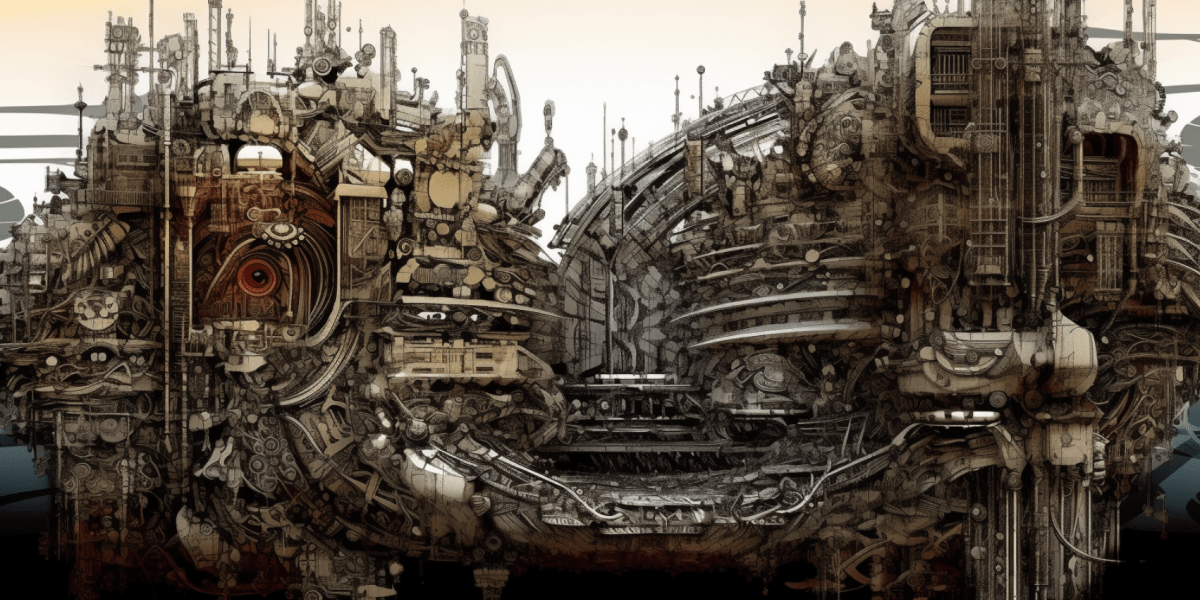In the realm of systems engineering, the designer plays a pivotal role in transforming business requirements into tangible system requirements and architectures. This article delves into the significance of the designer’s viewpoint and highlights their vital contributions to the success of projects in various organizations. By exploring their role in translating business objectives, creating reference designs, and considering critical factors, we shed light on why the designer’s perspective is indispensable in system engineering.
Table of Contents
- Understanding the Designer’s Viewpoint
- Translating Business Requirements
- System Architecture and Reference Design
- Consideration of Critical Factors
- Iterative Design and Feedback Loop
- Impact of Emerging Technologies
- Collaboration and Cross-functional Teams
- Stakeholders and End Users
- Emerging Technologies
- Conclusion
Understanding the Designer’s Viewpoint
The designer’s viewpoint encapsulates a diverse range of expertise and perspectives. Irrespective of the organization they belong to, designers bring together stakeholders, functional areas, and specialized knowledge to shape the system’s design. Their holistic understanding of the project’s objectives and requirements allows them to strike a balance between functionality, feasibility, and efficiency.
Translating Business Requirements
At the core of the designer’s role is the ability to bridge the gap between business requirements and system-level requirements. By gaining a comprehensive understanding of the organization’s objectives, market dynamics, and user needs, designers can define the essential functionalities and features that the system must incorporate. This process requires effective communication and collaboration with stakeholders to ensure alignment and avoid any ambiguity or misinterpretation.
System Architecture and Reference Design
Once the system’s functional baseline is established, the designer creates a system architecture that serves as a blueprint for subsequent design stages. This architecture defines the structure, interfaces, and subsystems of the system. The designer’s task is to allocate system requirements to specific components and ensure seamless integration between them. Additionally, the reference design provides a visual representation of the envisioned solution, facilitating better understanding and communication among the project team.
Consideration of Critical Factors
Beyond functionality, designers must consider a range of critical factors to develop robust and reliable systems. These factors may include reliability, maintainability, safety, human factors, security, scalability, and interoperability, among others. By incorporating these considerations into the design process, designers can enhance the overall performance, usability, and longevity of the system. Collaboration with subject matter experts, domain specialists, and end-users is crucial during this phase to ensure all relevant factors are addressed.
Iterative Design and Feedback Loop
The designer’s role extends beyond the initial stages of system design. They actively engage in an iterative design process that involves receiving feedback, conducting evaluations, and making necessary refinements. This iterative approach ensures that the evolving system design remains aligned with changing requirements and emerging technologies. By seeking input from end-users, operators, maintainers, and other stakeholders, designers can refine their designs and enhance user experience and system effectiveness.
Impact of Emerging Technologies
In the current era of rapid technological advancements, designers must stay abreast of the latest trends and innovations. The integration of emerging technologies such as artificial intelligence, Internet of Things (IoT), cloud computing, and data analytics presents both opportunities and challenges. Designers need to assess the applicability of these technologies to the system under development, consider their potential benefits and risks, and make informed decisions that align with the organization’s strategic objectives.
Collaboration and Cross-functional Teams
Successful system design requires collaboration among diverse teams and disciplines. Designers often work in cross-functional teams, including engineers, technicians, domain experts, and other stakeholders. This collaborative approach fosters creativity, innovation, and a comprehensive understanding of the system’s requirements. By leveraging the collective knowledge and expertise of team members, designers can optimize the design process, minimize risks, and create high-quality solutions.
The designer’s viewpoint is a crucial element in the field of systems engineering, irrespective of the organization or industry. By translating business requirements into system requirements, creating reference designs, and considering critical factors, designers lay the foundation for successful projects. Their ability to strike a balance between functionality, feasibility, and efficiency ensures that the designed system meets the intended objectives while taking into account practical constraints.
Stakeholders and End Users
Throughout the design process, designers must actively engage with stakeholders, including end-users, operators, maintainers, and subject matter experts. By incorporating their perspectives and feedback, designers can refine and enhance the system design, ultimately leading to a more user-centric and effective solution. This iterative approach promotes continuous improvement and adaptability, allowing the system to evolve alongside changing requirements and technological advancements.
The consideration of critical factors such as reliability, maintainability, safety, human factors, and security is essential to ensure that the designed system operates smoothly and meets the necessary standards. Designers must proactively assess and mitigate risks associated with these factors, ensuring that the system performs reliably, minimizes downtime, and ensures user safety. By addressing these factors early in the design process, designers can minimize costly redesigns and improve the overall lifecycle of the system.
Emerging Technologies
The integration of emerging technologies presents both opportunities and challenges for designers. Keeping up with the latest advancements and understanding their potential impact on the system design is crucial. Designers must evaluate the applicability of emerging technologies and consider their benefits and risks. Incorporating these technologies can enhance system functionality, improve efficiency, and enable innovative solutions. However, designers must also navigate potential compatibility issues, security concerns, and the need for proper training and support.
Collaboration and teamwork are fundamental aspects of the designer’s role. Working in cross-functional teams allows designers to leverage the expertise of individuals from various disciplines. By fostering a collaborative environment, designers can tap into different perspectives, share knowledge, and inspire creative solutions. Effective communication and collaboration ensure that the system design aligns with organizational goals, meets user requirements, and achieves the desired outcomes.
Conclusion
In conclusion, the designer’s viewpoint is crucial to the success of systems engineering in any organization. By translating business requirements into system requirements, creating reference designs, considering critical factors, and leveraging emerging technologies, designers contribute to the development of effective and efficient systems. Their ability to collaborate with stakeholders, engage in an iterative design process, and address evolving needs ensures that the designed system aligns with user expectations and organizational objectives. As technology continues to advance, the role of designers in shaping the future of systems engineering remains indispensable.







